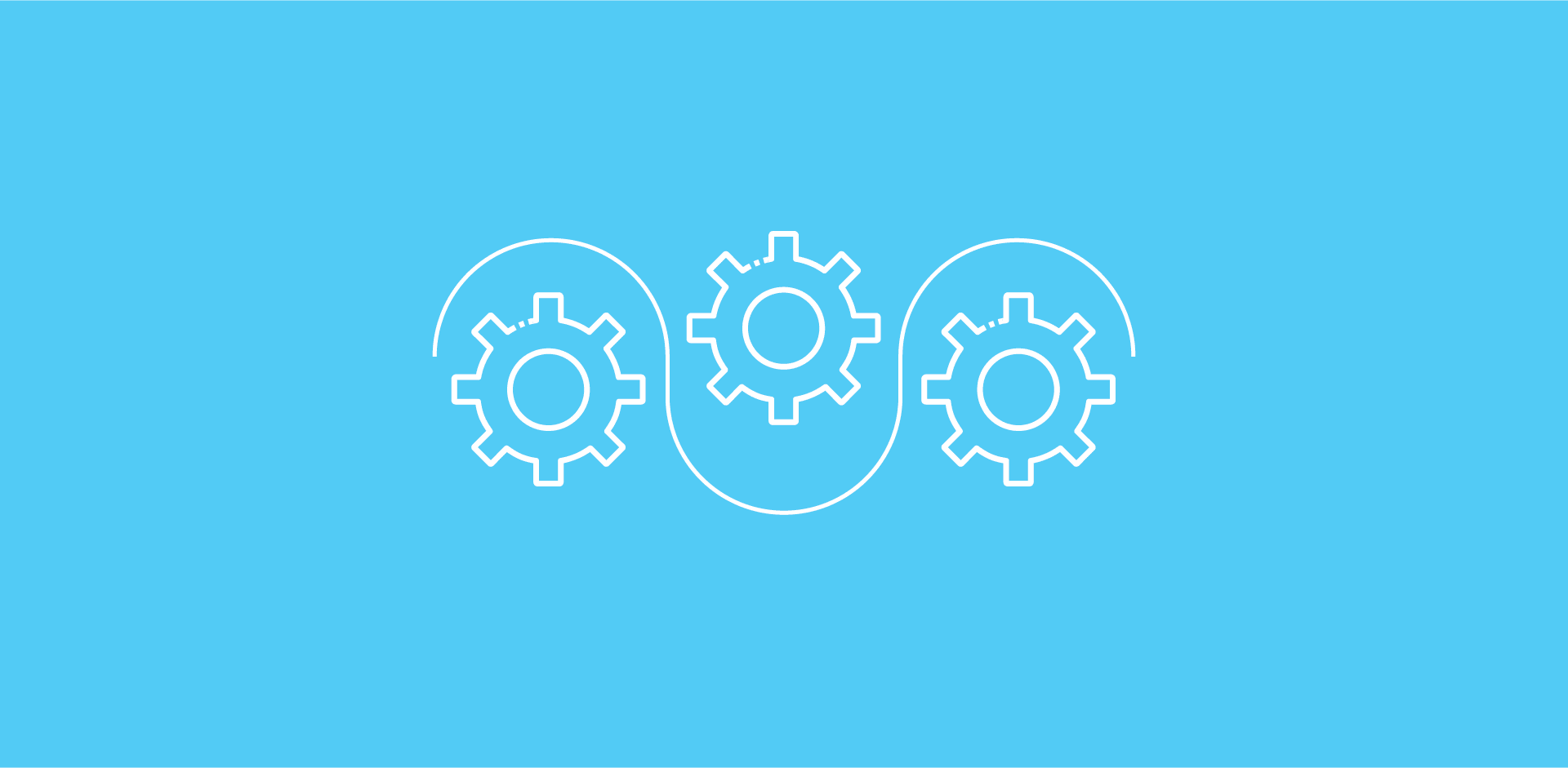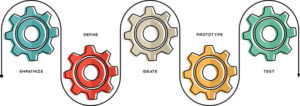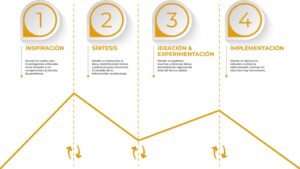The pharmaceutical industry faces the challenge of innovating by putting the buyer at the center of decisions. The greatest innovations in Consumer Healthcare are those whose degree of Customer Centric is relevant and differentiating, generating explicit demand from increasingly niche segments with a high degree of customization.
When analyzing major trends in the Consumer Healthcare market, for example:
- A greater predisposition to integrate natural elements from plants and seeds in products for dietary care. The boundaries between pharmaceutical treatments and dietary supplements are disappearing, especially when it comes to more natural and safer solutions.
- From “Wellness” to “Wellcare” with a greater weight of nutrition and sports elements that offer a differential approach to the concept of health.
- A growing concern for the mental well-being of people and their cognitive health, the search for a balance where the stress factor is important to have controlled
- Artificial Intelligence (AI) is here to stay and has become a reality for many people seeking medical care and guidance. New home assistants like Amazon's Alexa or Google Home will be prominent elements in the near future.
- The customization of products with specific formulations, with specific market niches through product and brand lines that cover different market segments such as, for example, ranges of multivitamin products and some nutritional supplements that are now offered for neonatal, pediatric, adolescents, active women with stress, menopausal women, older women, occasional athletes, active men with stress, etc.
- The growing presence of IoT (Internet of Things) devices that can monitor key elements of our body and help us have constant and increasingly reliable data on our health.
And thus a long etcetera of innovations that are analyzed through the search for trends and above all, innovation analysis techniques through co-creation processes or methodologies such as Agile, Lean, Scrum or Design Thinking.
We focus on the latter, which is the most universal. According to Tim Brown, current CEO of IDEO, Design Thinking “is a discipline that uses the sensitivity and methods of designers to match people's needs with what is technologically feasible and with what a viable business strategy can convert. in value for the customer, as well as in a great opportunity for the market.”
WHAT IS DESIGN THINKING?
All design disciplines share the same creative process, which they have titled El Doble Diamante ('The Double Diamond').
Each specialization has different approaches and ways of working, but there are some commonalities in the creative process.
The Double Diamond is a simple visual map of the design process, it is divided into four distinct phases – Discover, Define, Develop and Deliver –
In all creation processes a number of possible ideas are defined (divergent thinking) before refining and reducing them to the best idea (convergent thinking) with an outline that can be represented by a diamond shape. But the double diamond indicates that this happens twice, once to confirm the problem definition and once to create the solution.
Identification of the 3i
This process of convergent and divergent ideation is defined through the 3i:
Inspiration: the challenge, based on empathy, on the ability to put yourself in the shoes of the client or consumer, is the basis of the “customer-centric” strategy
Ideation: The opportunity to design, to interpret what has been learned, to transform inspiring insights into tangible ideas, to carry out prototyping.
Implementation: I already have the innovative concept, how do I transfer it to a real concept? How do I find out that it really works? How can I monetize it in a business plan that makes it really profitable?
To discover which ideas are the best, the creative process is iterative. This means that ideas are developed, tested and refined several times, so weak ideas fall through the process. This cycle is an essential part of good co-creation design.
The Phases of the 4D
The phases through the 4D that are 'user centric' and that work as an iteration:
- Discover: Where inspiration occurs. It's about looking at the world in a fresh way, noticing new things and collecting ideas.
- Define: The second section represents the synthesis stage, where it is about making sense of all the possibilities identified in the Discover phase. What is more important? What should we act on first? Which is more feasible? The goal is to develop a clear creative brief that frames the fundamental challenge of co-creation.
- Develop: The third section, ideation and experimentation, marks a period of development where solutions or concepts are created, prototyped, tested and iterated. This process of trial and error should help us improve and refine ideas.
- Delivery: The last leg of the double diamond model is the delivery phase, where the resulting project, whether a product or a service, is finalized to be produced and launched into the market. We are in the implementation phase.
What other elements are key in Design Thinking?
- Space: It is essential to have an inspiring, spacious workspace with the capacity to develop workshops through an audience that can reach 25-30 people.
- The team: a multidisciplinary work team, Design Thinking must be developed in the combination of specialists in design, innovation but also professionals in marketing, finance, Human Resources, advertising agency, branding agency, PR, current clients, potential clients, certain segments of the population, etc… Co-creating means working as a team, co-working. What we call the rooster strategy, CO-create, COlaborate, COoperate, COMmunity, Content, Corporatism.
- The attitude: Design Thinking is an attitude that must be transmitted to the entire organization. Not only in the idea of doing co-creation and ideation workshops but as a company culture. A layer that transcends all departments and levels of the company.
- The materials: It is essential to have a wide variety of materials that serve as a stimulus for the different work teams to design solutions.
Design Thinking is still a tool at the service of a Customer Centricity strategy, which is what will give true value to the business.
Putting the customer at the center of decisions implies an in-depth analysis of their needs and, above all, of what are unmet needs to generate innovation, devise products or services that cover this unmet need.
What we are trying to achieve is:
- Inspire a relational model with the current and potential target.
- Discover business opportunities through solutions.
- Create a powerful consumer analysis tool.
- Define actions and strategies that transcend the entire company.
- Understand the market in which we are present and its competitive macroenvironment.
- Empathize with our current and future buyer.
A consumer performs tasks 24 hours a day and therefore puts into practice the concept of “Jobs to Be Done“(Clayton Christensen) is an interesting starting point to be able to build an opportunity matrix with elements that are important to the buyer but whose solution is not correctly satisfied. The important thing is to think of these tasks, not as merely functional elements, but rather as affected by social and emotional elements. With these tasks we must also cover that experiential facet that the consumer is looking for.
It is essential to also have segmentation as a useful tool through profiles Buyer Persona with all the necessary characteristics, both sociodemographic and motivations and goals, limitations and frustrations, values, character and life attitude, tastes and preferences. A narrative of the different profiles we want to impact.
Putting people at the center of business decisions means creating a Empathy Map that allows us to transform these customer segments into people and adjust our value proposition: What do you think and feel? What do you hear? What do you see? What do you say and what do you do? Like 4 basic quadrants of information.
Finally, it is essential that we define a Customer Journey Map that defines us how a client relates to us. Understand what our customers' experience is like to help understand where they may feel frustrated, lost or simply bored. Evaluate the path taken from the recognition of the need, which is our position in the consumer's mind, their short list of needs, to the prescription capacity, once they have purchased our product or used our service. We must build a clear map of awareness, information, interaction, retention and prescription. Where in each phase we specify the contact points that are defined in the “journey” between our brand and the consumer and we analyze the necessary metrics that allow us to carry out continuous improvement actions.
In short, being able to have, with all these processes, a dashboard of knowledge of the buyer that allows us to strategically anticipate their needs, promote the culture of innovation in the company and have a personalized segmentation strategy to offer each type of buyer those products and services in accordance with his demand. Let us remember that what is not measured is not managed and it is essential to have all the necessary KPIs that generate market intelligence and, like any other purpose, maximize sales and company profits through a memorable and experiential brand for the buyer.
Jordi Crespo




